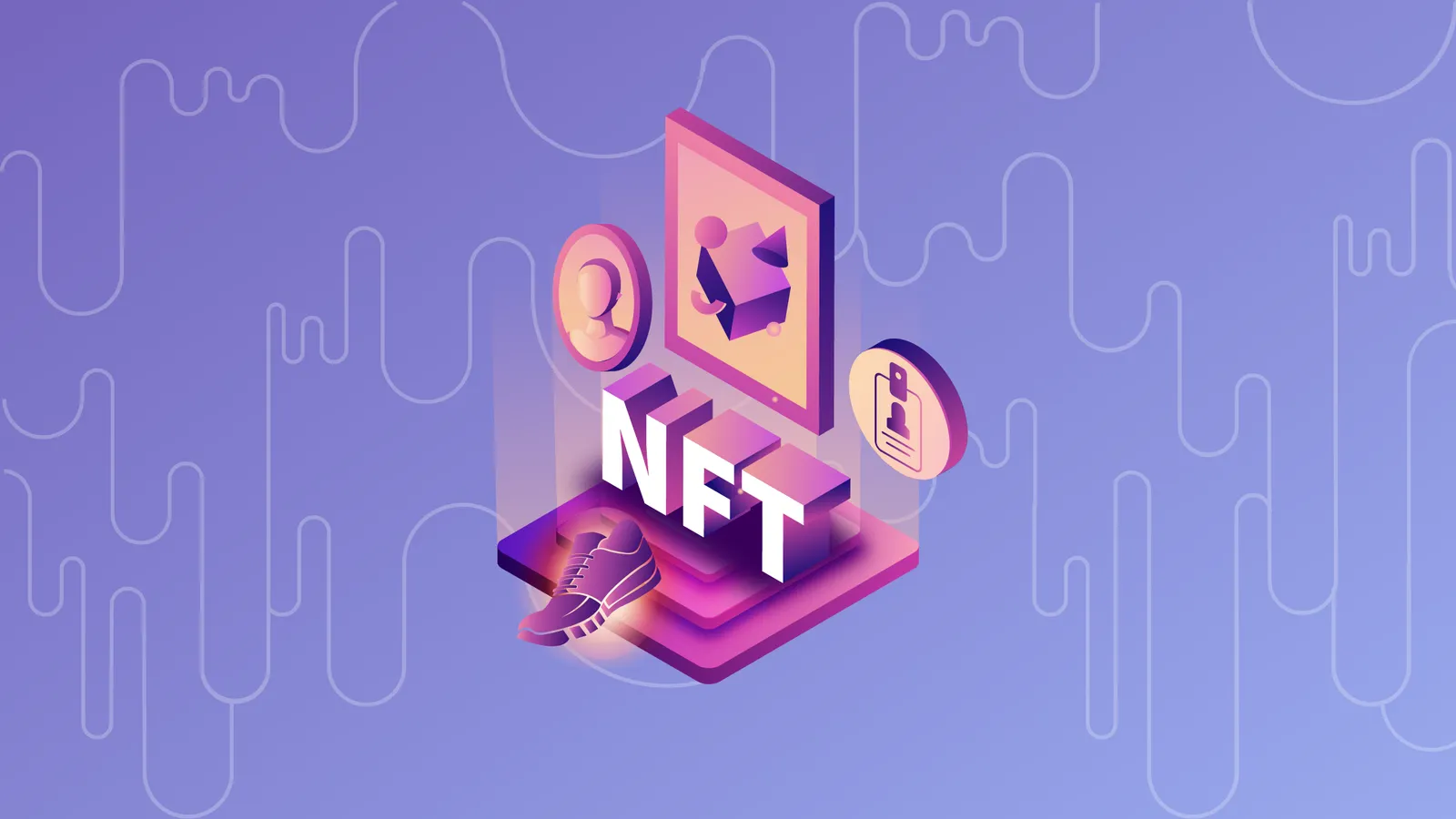Like great books and movies, exceptional video games allow you to immerse yourself in a fantasy world — while also enabling you to interact with others and have a say in what happens through gameplay (unlike consume-only content). Popular massive multiplayer online games (MMOGs) like World of Warcraft, Destiny 2, and Final Fantasy XIV allow you to interact with thousands — or millions — of fellow gamers over huge virtual worlds. While these games could be thought of as metaverses or “proto-metaverses,” a new generation of metaverses is poised to take over.
A metaverse is an immersive and all-encompassing digital version of the real world. These metaverses allow you to interact with others, create in-game objects, and construct experiences and digital landscapes. By harnessing blockchain technology, new metaverse games are redefining what is possible by incorporating play-to-earn (P2E) gaming, in-game crypto payments, governance tokens, and the use of non-fungible tokens (NFTs). Moving forward, we’ll be using the term “metaverse” to describe a blockchain-based metaverse or a crypto metaverse — not the traditional MMOGs mentioned above.
In addition to blockchain technology, these metaverses often utilize augmented reality and virtual reality (AR/VR) to give you the feeling of being “in the game” through enhanced 3D visuals and other feedback. Played on everything from smartphones to video game consoles to laptops and sometimes used in conjunction with AR/VR goggles, these metaverses are bringing socializing, gaming, and more to the cutting edge — by bridging the divide between the physical and virtual worlds.
NFTs in Crypto Metaverses
As a reminder, a non-fungible token (NFT) is an immutable (unchangeable), indivisible, non-fungible (unexchangeable), and typically unique (or verifiably limited in quantity) blockchain-based token. Popularly used for collectibles and digital art in such collections as CryptoPunks and Bored Ape Yacht Club (BAYC), NFTs can also be used as digital IDs or to represent real-world assets like real estate or physical artwork. When it comes to blockchain-basing gaming metaverses, NFTs can represent in-game characters, accessories, digital land, and more. One of the most popular blockchains for metaverses is Ethereum, but metaverse NFTs and their associated in-game currencies can also be found on protocols such as Solana, Polygon, and BNB Chain.
For example, your personal in-game avatar (character) could be an NFT. In traditional games, you may be able to upgrade your character through gameplay or by purchasing a better character, but you don’t own it. With an NFT, you can personally own the character yourself. In addition to being able to verify avatar ownership, this also gives you the option to sell your avatar on an NFT marketplace should you choose to do so.
Other aspects of the gameplay can also be represented as NFTs, including: avatar skins (clothing or armor for example), weapons, vehicles, and various other in-game items that typically depend on the metaverse ecosystem. The representation of digital land is perhaps one of the most interesting and speculative use cases for NFTs in the metaverse.NFTs As Metaverse Real Estate
Imagine if you could own that building complex or those rolling hills in your favorite video game. With NFT technology, gaming fiction is now a reality. Popular metaverse games like The Sandbox, Decentraland, and Axie Infinity allow you to own areas of the gameplay surface itself by purchasing an NFT that represents a virtual location. You can create your own structures on your metaverse plot, buy digital land in a popular metaverse neighborhood, or even charge rent for your NFT location while still retaining ownership of your in-game land.
Companies and artists are hosting digital concerts in the metaverse; NFT collectors are charging admission for others to enter their digital museums and view NFTs, and everyone from individuals to nonprofits to forward-looking companies are purchasing digital real estate to both market and monetize their offerings. Luxury brands, music labels, and even other video game companies are purchasing NFT plots on metaverses such as The Sandbox.
What To Know About Metaverse NFTs
Metaverse NFTs often must be purchased for either cryptocurrency (such as ETH or BNB) or the metaverse’s in-game currency (MANA, SAND). While some P2E metaverses allow you to start playing for free, others require the purchase of an NFT to get started. These NFTs can be bought and sold through a metaverse’s in-house marketplace — or through a third-party NFT marketplace such as Rarible or OpenSea. This allows you to sell your NFTs should you grow tired of the game — or to take advantage of a profitable selling opportunity.
While critics decry the monetization of gaming, proponents counter that non-blockchain-based games also allow you to purchase avatars, skins, gold, and other game items without the benefit of true ownership or the ability to sell them should you wish to do so. Further, while traditional games don’t require an NFT purchase, many of the most popular titles charge a subscription fee or must be purchased. As a still nascent industry, debates on the merits of metaverse NFTs will continue as this burgeoning ecosystem enters the public consciousness. Regardless of your stance, NFTs have revolutionized the way these metaverse gaming environments are used, developed, monetized, and experienced.
Cheat Sheet:
- Metaverse NFTs can be found on Ethereum and other compatible blockchain protocols.
- NFTs can represent your avatar (character), in-game items, or plots of digital land in a metaverse.
- NFTs can be traded on a metaverse’s in-house marketplace or a secondary NFT marketplace.
- NFTs are typically sold for a metaverse’s in-game currency or for a cryptocurrency such as ether (ETH).


